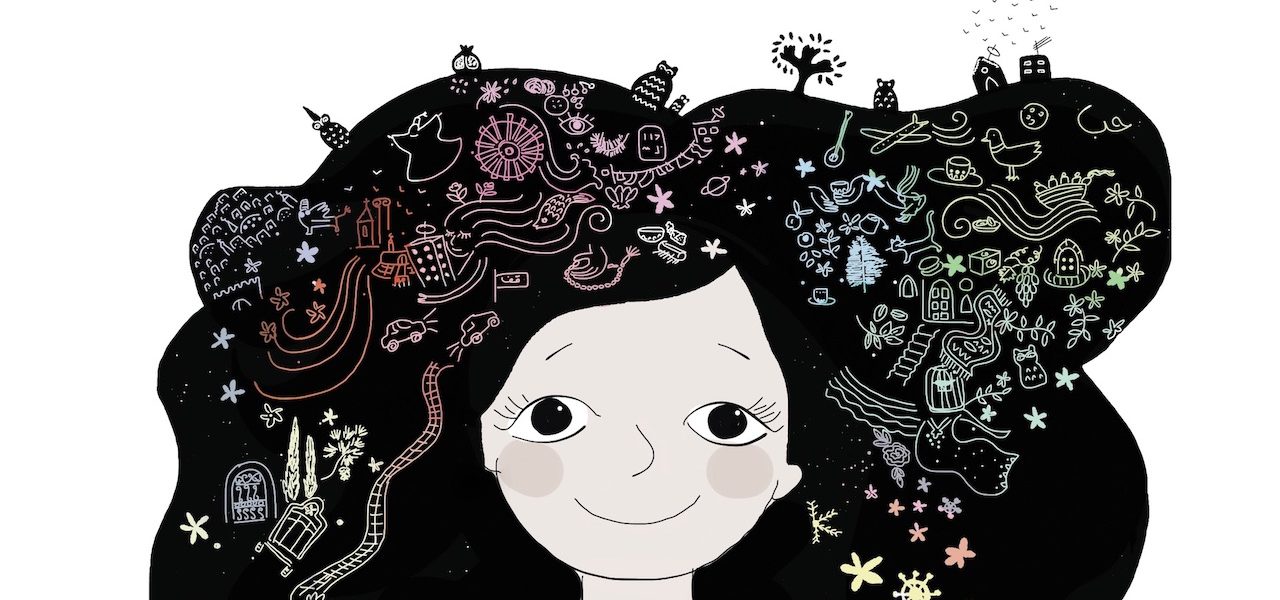
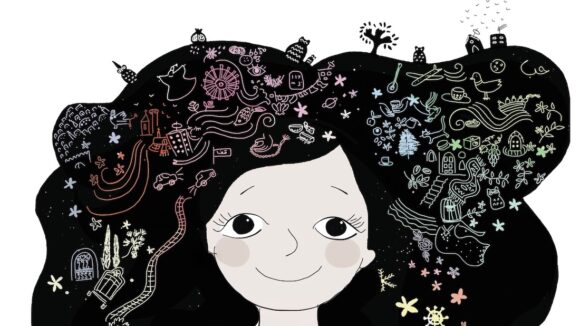
Cartoon Forum 2019: How To Make A Kids’ Series In An Age Of Anxiety
Cartoon Forum, Europe’s key pitching platform for animated tv projects, wrapped up last Thursday in Toulouse, France.
The event is set up to facilitate networking in a territory where co-productions are the norm. But centralizing the business of pitching has a useful side effect. When dozens of series are presented in quick succession, and a thousand professionals gather to discuss them, trends in tv animation — a vast and scattered industry — come into focus.
For all the talk of the disruptive power of streaming platforms, for all the hype around voguish transmedia projects, my thoughts and conversations in Toulouse kept turning to another, more fundamental subject. As politics polarize, intolerance spreads, and the planet heats up, human society feels more imperiled than ever. Adults need only talk to their children to understand the fear gripping their generation; the youngest artists pitching at the forum had grown up in this climate themselves.
Many projects I saw foregrounded these issues — the question was not whether to address them, but how.
Taking its cue from adult satirical programs like The Daily Show, Snake News tackles the news head-on. The series is set in a newsroom staffed by anthropomorphic snakes; in live-action segments, a snake puppet visits schools to discuss topical issues with children.
The title alludes to fake news, but the creators told me their subject is not media literacy per se. “We want to get rid of kids’ cynicism about politics,” they said, although how this might gel with the ironic tone remains to be seen.
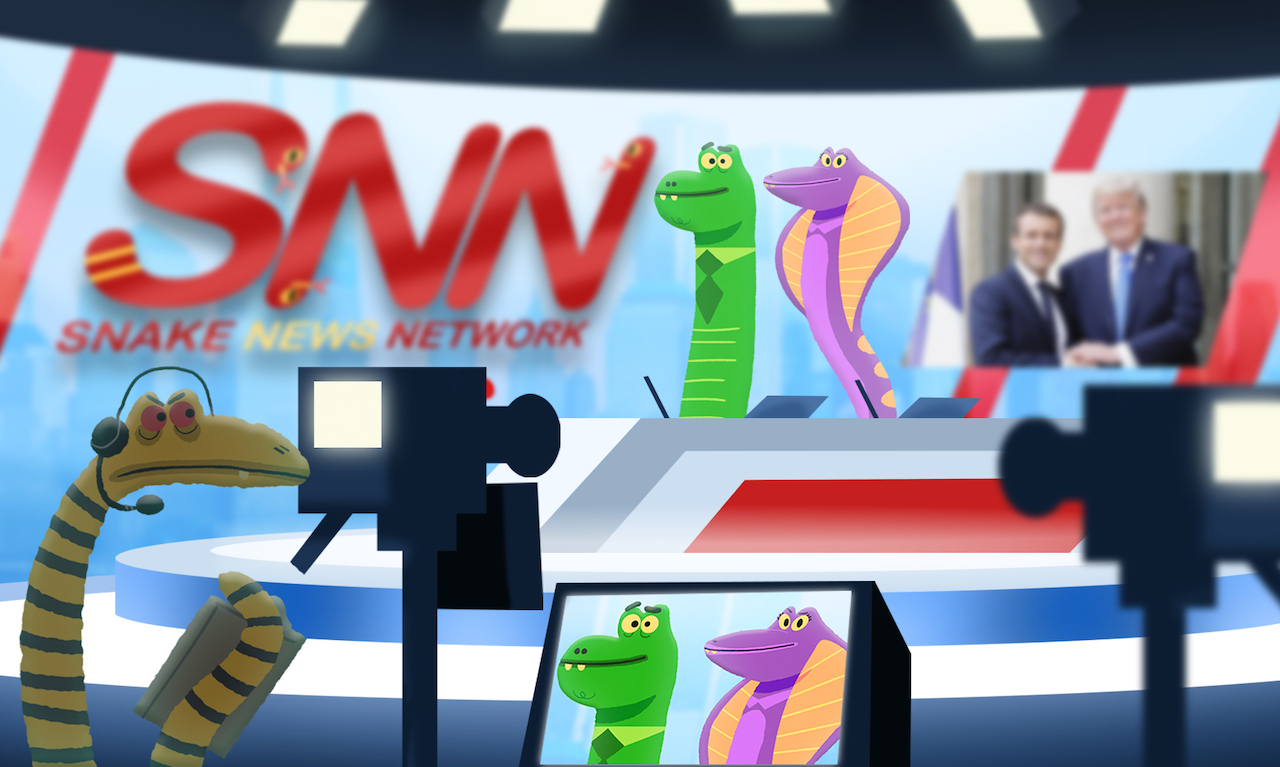
While avoiding the news as such, other projects grappled with current affairs, couching thorny questions about today’s world in fantastical storylines. Dounia (pictured at top), the first work of animation by Canadian games company Tobo, follows a young Syrian refugee’s journey across the world. Among Dounia’s few possessions are a handful of nigella seeds from back home, which trigger magical episodes when sown; in one case, they cause stern border guards to start dancing with the refugees, before letting them pass.
“A subject such as the war is hard to tackle directly when dealing with a young public,” explained producer Judith Beauregard. “And broadcasters tend to shy away from projects which deal with the subject, not wanting to traumatize children. Even Dounia was turned down by some broadcasters because talking about migration means showing anxiety-inducing situations… The magical elements were adopted early on in the project because it helps us make the challenges look less unsurmountable and less scary.”
The Ishmael’s Journeys takes a similar approach. A man and his 10-year-old daughter, Muslims living in Europe, travel back through time — by means of a giant pigeon — to discover the societies in which the major world religions were formed. The short-form series aims to explain how these religions came to believe what they do, thus promoting understanding between faiths (and the non-religious).
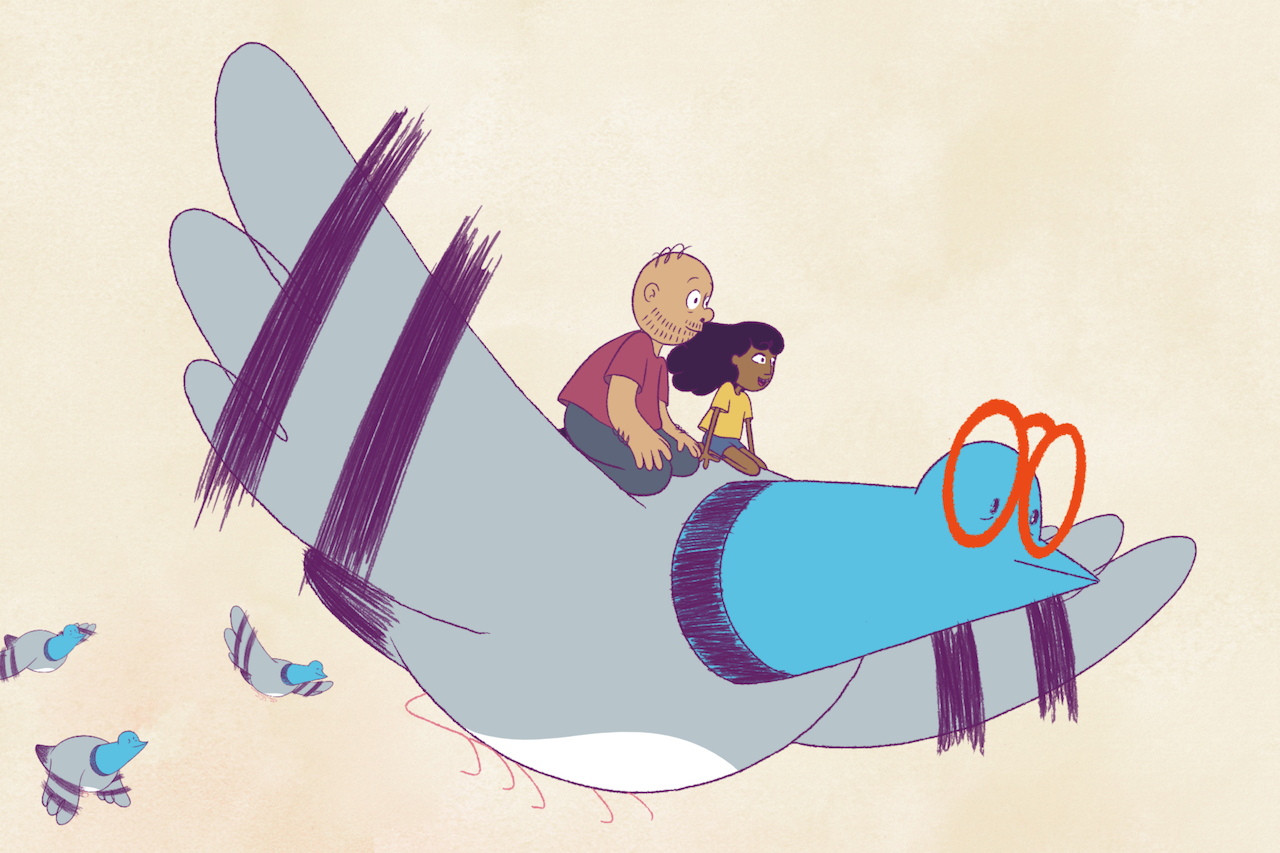
The series’s writer Ismaël Saidi previously examined the subject in his successful stage show Jihad. The specific themes explored in The Ishmael’s Journeys, such as the Koran’s position on Judaism, were inspired by questions children asked him after his performances. “[The aim of the series is] to recontextualize the subject,” he said. “Animation is the best tool to talk about it, because we can create worlds that don’t exist anymore, [to appeal] to the kids’ imagination.”
Animation’s capacity to recontextualize — to force reconsideration of an issue by presenting it from a surprising new angle — was at the heart of another, more mature project. Some of Us gives voice to athletes who have faced discrimination of some kind: racism, sexism, homophobia, etc. Live-action interviews with the subjects alternate with hand-drawn animated sequences that seek to capture, in symbolic terms, their emotional responses to abuse.
Jean-Charles Mbotti Malolo, the director, sees animation as a universal language that can articulate the common experience of these disparate athletes. “Nowadays, ‘feminism’ has become a dirty word,” he told me, by way of example. “It means you want women to dominate society. That’s what a lot of people think. It’s super-important to recontextualize these words and define them in the same way. I think animation is good for this, as it lets you have immediate images, which are more expressive.”
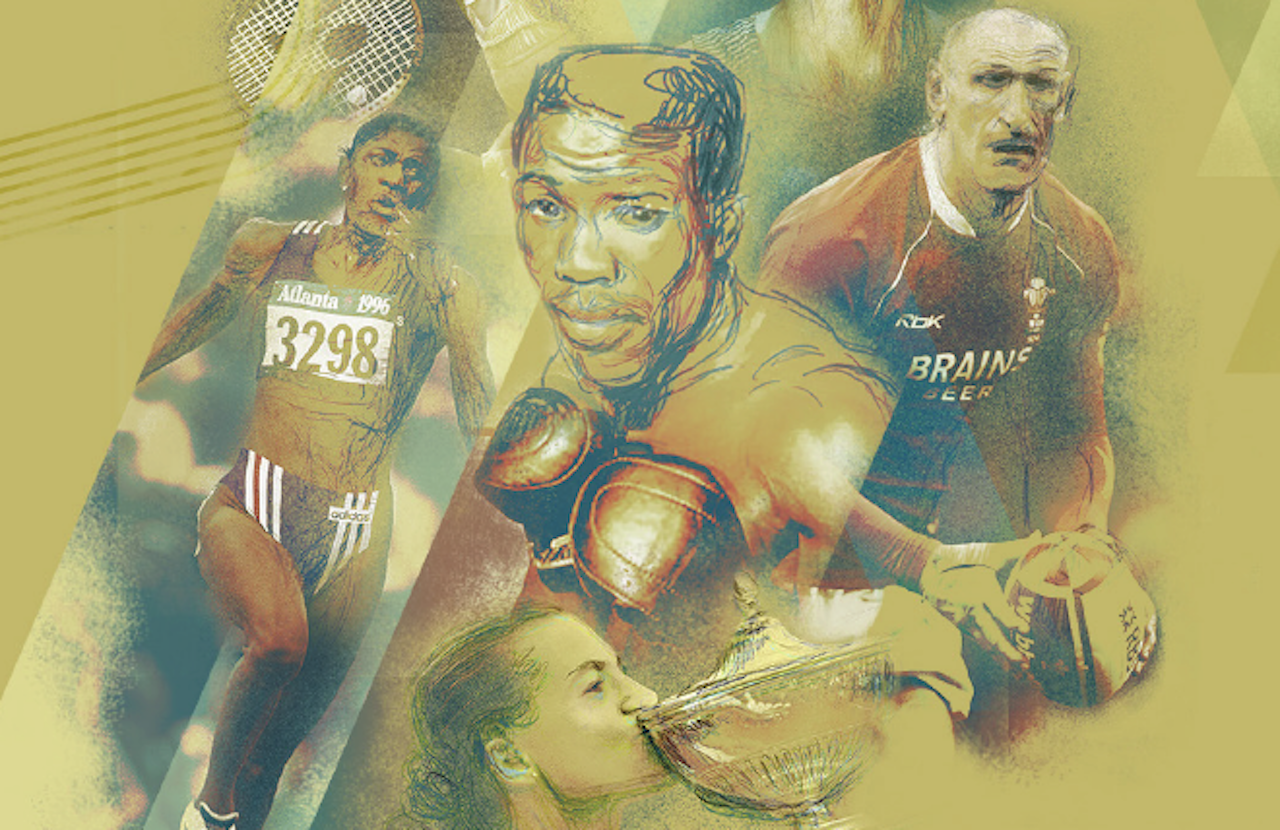
Some of Us is aimed at teens and adults, but Mbotti Malolo warned against coddling younger viewers. “I think we could show children a lot more than we do. We tend to compartmentalize shows as ‘for kids’ or ‘for preschoolers,’ when in fact we could show them things that are more adult, with more of a political message, so to speak.”
Intolerance, discrimination, conflict: these themes also run through many high-profile animated features of recent years, for kids and adults alike. It helps that they are easy to embody in vivid, interesting characters. This is arguably harder to do with climate change, perhaps the greatest concern for children today — after all, it manifests not in people’s actions but in the complex workings of the world’s ecosystems.
Even so, creators have found ways to allude to it. Searching Snowflake, a clay-animated tv special by veteran Estonian stop-motion studio Nukufilm, centers on a snowman’s quest to find more snow during an unseasonably warm winter.
One of the two young brothers in Palimpsest’s Tree, a gently humorous series set in sub-Saharan Africa, dreams of inventing a machine to reverse global warming. Claudy, a zany Spongebob-esque comedy set in a community of cloud-like creatures, puts technology in the hands of the baddie, a human hell-bent on controlling the weather by devious means.
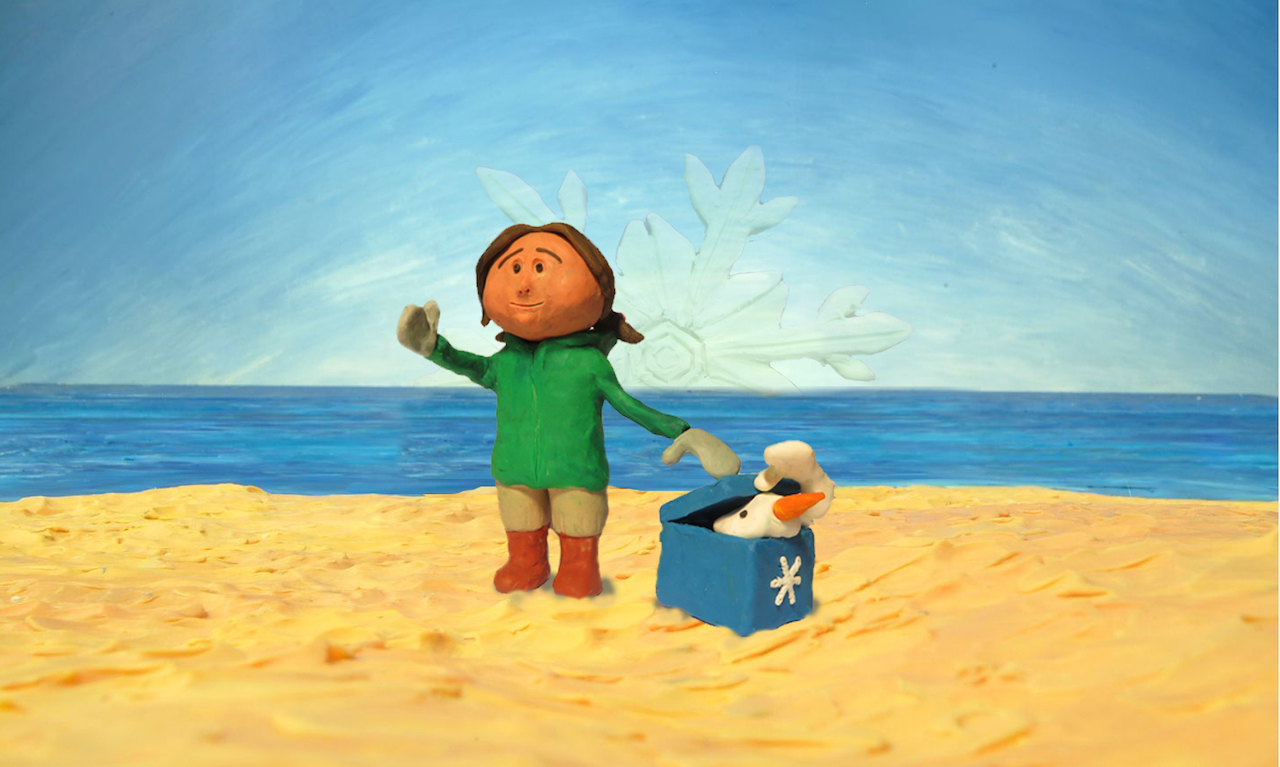
The Claudy presentation focused on the characters’ madcap adventures, so I asked Emmanuel-Alain Raynal, its producer, to what extent the series will confront environmental themes. “Of course it will,” he replied, adding that these themes won’t be central to all episodes. “For [my generation], climate change was a fantasy, in the realm of science fiction. For [younger generations], the end of the world is a reality.” He observed that the subject often arises in his discussions with students and recent graduates.
Raynal, like so many others at the event, was thinking about the balance between addressing topical issues honestly and presenting them in ways palatable to children. This conundrum has always faced creators of children’s tv — but, given the urgency of today’s problems, it’s taken on new meaning.
I was mulling over this when I ran into Delphine Maury, an experienced producer of kids’ programs. She was dissatisfied with the projects she’d seen: “How can we [in the industry] all get together and confront the big existential questions? I don’t know how you speak to children on the edge of the abyss.”
To her, one thing was clear: too many series are sugar-coating their subject matter with escapism. Desperate times call for different approaches. Her words came back to me as I left Toulouse on Friday to find the world rocked by climate protests, in which children — some not even teenagers — led the way.
More Cartoon Forum 2019 coverage:
